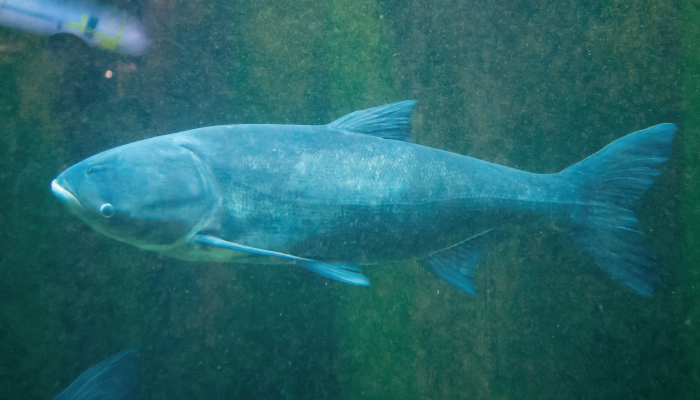
mark6mauno, CC BY-SA 2.0 <https://creativecommons.org/licenses/by-sa/2.0>, via Wikimedia Commons
Researchers develop a single-beam optical trap-based SERS optofluidic system that enhances Raman signals by concentrating silver nanoparticles, demonstrating its effectiveness and potential for portable molecular sensing. Link
Fourier-transform infrared and near infrared spectroscopy combined with multivariate classification effectively diagnoses endometriosis from blood plasma samples. Link
Combining an electro-active evanescent-wave cavity ring-down spectroscopy (EW-CRDS) platform with a sandwich-type bioassay, University of Louisville researchers create an immunosensor capable of diagnosing and monitoring infectious diseases. Link
Use of mid-infrared spectroscopy with convolutional neural networks accurately estimates soil organic carbon (SOC) fractions while preserving their compositional nature, offering a cost-effective alternative for improved SOC dynamics analysis. Link
Laser-induced breakdown spectroscopy (LIBS) used for rapid detection and classification of polycarbonate + acrylonitrile-butadiene-styrene (PC + ABS) in electric meter enclosures. Link
Catch of the Day
The future of seafood safety is looking bright thanks to a new study from researchers at the Beijing Academy of Agriculture and Forestry Sciences.
They combined excitation-emission matrix (EEM) fluorescence spectroscopy with an AI-driven LSTM model to swiftly and noninvasively assess the freshness of bighead carp heads. By tracking fluorescence signals, they were able to accurately monitor spoilage indicators like TVB-N, TBARS, K value, and TVC, even under different cold chain conditions. The authors suggest their findings could lead to the development of portable, rapid freshness sensors for seafood quality control.
A New Era for Infrared
Mikhail Mirov and Sergey Vasilyev suggest recent developments in dual OFC instrumentation have the potential to propel infrared spectroscopy into the limelight, complementing and possibly even replacing mass spectrometry. As an example, they highlight the work of Vodopyanov’s team at the University of Central Florida, who used dual OFCs to perform molecular spectroscopy with unprecedented resolution.
“Traditional FTIR lacks the resolution and dynamic range to capture such detail. In contrast, the intense, broadband illumination, high resolution, and high dynamic range detection of the dual OFC spectrometer is capable of revealing the new spectral information. Compared to traditional FTIR, the UCF results are the spectroscopic equivalent to trading in a pair of binoculars for the James Webb Telescope...” Read more
Collagen Detected in 66-Million-Year-Old Dinosaur Fossil
New evidence for the presence of endogenous collagen in fossilized dinosaur bones has been presented in an interdisciplinary study led by researchers at the University of Liverpool.
To support the results, the team used Fourier-transform infrared spectroscopy (FTIR), revealing a weak carbonyl absorption band indicative of organic residues. Additional tests using cross-polarized light microscopy (XPol) demonstrated birefringence in localized regions of the fossil, which were consistent with the optical properties of collagen-bound bioapatite in fresh bone. Read more




